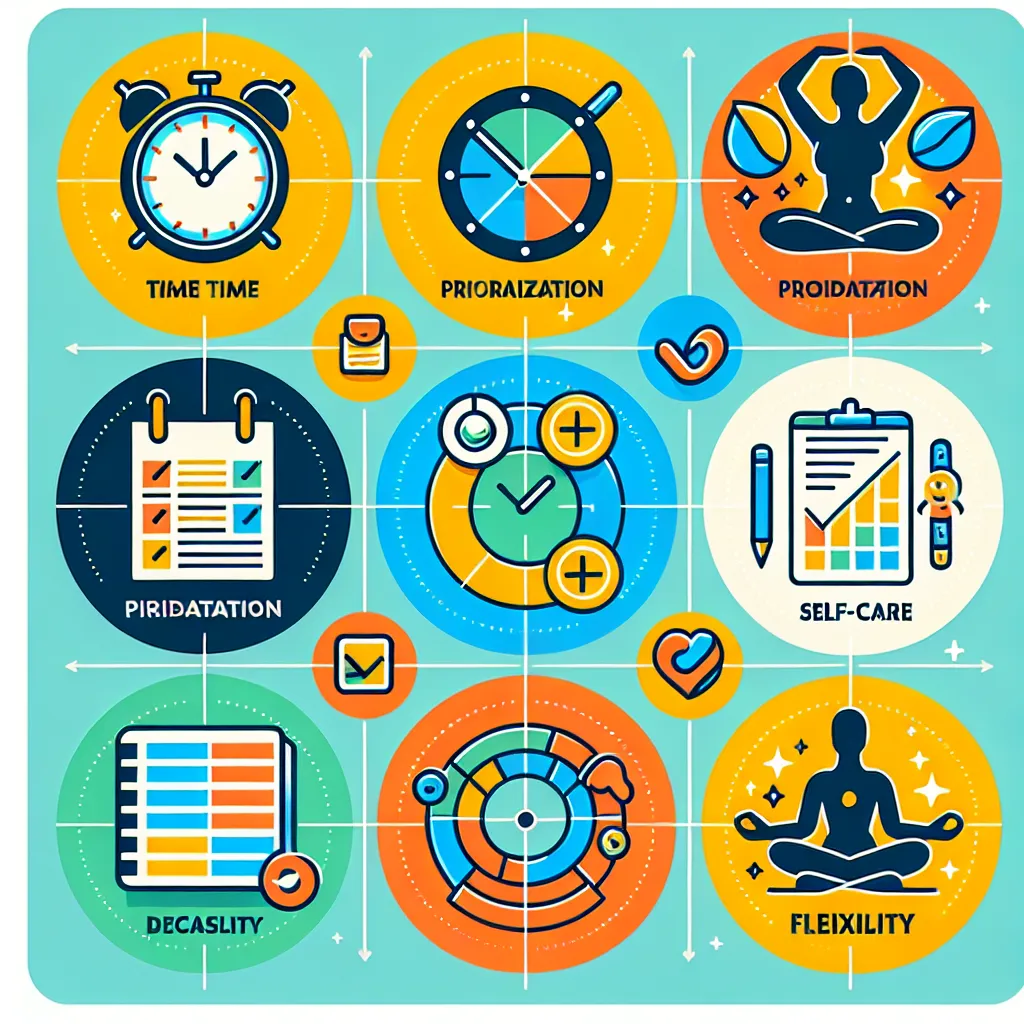The IELTS Reading section is a crucial component of the exam, testing your ability to comprehend complex texts and extract specific information. One of the most challenging aspects of this section is maintaining focus throughout the test. In this article, we’ll explore effective strategies for improving your concentration during the IELTS Reading test, with a particular focus on the topic “Tips for improving your concentration.”
Based on our analysis of past IELTS exams, questions related to concentration and focus have appeared frequently, making this topic highly relevant for test-takers. Given its importance in both academic and professional settings, it’s likely that similar themes will continue to feature in future IELTS Reading passages.
 IELTS Reading Concentration Tips
IELTS Reading Concentration Tips
Sample IELTS Reading Test: The Science of Concentration
Reading Passage
The ability to concentrate is a fundamental skill in our fast-paced, information-rich world. Whether you’re a student preparing for exams, a professional tackling complex projects, or simply someone trying to read a book without distractions, the power to focus your attention is invaluable. But what exactly is concentration, and how can we improve it?
Concentration, in psychological terms, is the ability to direct one’s attention and thought processes towards a particular object, thought, or activity. It involves filtering out irrelevant stimuli and maintaining focus on the task at hand. The human brain, while capable of remarkable feats, is not naturally inclined towards sustained attention. Our ancestors’ survival depended on being alert to multiple environmental cues, a trait that can work against us in modern settings that require prolonged focus.
Recent neuroscientific research has shed light on the mechanisms of concentration. When we focus, the prefrontal cortex – the brain’s control center – coordinates with other regions to suppress distracting stimuli. This process consumes significant energy, which is why concentration can be mentally exhausting. The good news is that, like a muscle, our ability to concentrate can be strengthened with practice.
Several strategies have proven effective in enhancing concentration. One of the most powerful is mindfulness meditation, which involves training the mind to focus on the present moment. Regular practitioners of mindfulness show increased activity in brain regions associated with attention control. Another technique is the Pomodoro method, where work is broken into focused 25-minute intervals, followed by short breaks. This approach leverages our natural attention cycles and prevents mental fatigue.
Physical factors also play a crucial role in concentration. Regular exercise has been shown to improve cognitive function, including the ability to focus. A balanced diet rich in omega-3 fatty acids, antioxidants, and complex carbohydrates provides the brain with the nutrients it needs for optimal function. Adequate sleep is equally important, as it allows the brain to consolidate information and clear out toxins that accumulate during waking hours.
The modern digital environment presents unique challenges to concentration. The constant pings of notifications and the lure of social media can fragment our attention. Creating a distraction-free environment is crucial. This might involve using website blockers, turning off notifications, or designating specific times for checking emails and messages.
It’s important to note that occasional lapses in concentration are normal and not a cause for concern. However, persistent difficulty in focusing could be a sign of underlying issues such as ADHD, anxiety, or depression, which may require professional intervention.
Improving concentration is a gradual process that requires patience and consistent effort. By understanding the science behind focus and implementing proven strategies, we can enhance our ability to concentrate, leading to improved performance in academic, professional, and personal pursuits.
Questions
True/False/Not Given
- Concentration involves filtering out irrelevant stimuli.
- The human brain is naturally inclined towards sustained attention.
- The prefrontal cortex is solely responsible for concentration.
- Mindfulness meditation can increase activity in attention-related brain regions.
- The Pomodoro technique involves 30-minute work intervals.
Multiple Choice
-
According to the passage, which of the following is NOT mentioned as a factor affecting concentration?
A) Diet
B) Exercise
C) Sleep
D) Genetics -
The text suggests that our ancestors’ survival depended on:
A) Sustained focus on single tasks
B) Being alert to multiple environmental cues
C) Regular meditation practices
D) Avoiding distractions
Matching Information
Match the following statements (8-11) with the correct paragraph (A-G).
- A technique that takes advantage of natural attention cycles
- The role of specific brain regions in concentration
- The impact of digital technology on focus
- The possibility of underlying medical conditions affecting concentration
Short Answer Questions
- What two nutrients are specifically mentioned as beneficial for brain function? (No more than 3 words)
- What is the recommended duration of focused work intervals in the Pomodoro technique? (No more than 2 words)
Answer Key and Explanations
-
True – The passage states: “It involves filtering out irrelevant stimuli and maintaining focus on the task at hand.”
-
False – The text mentions: “The human brain, while capable of remarkable feats, is not naturally inclined towards sustained attention.”
-
Not Given – While the prefrontal cortex is mentioned as coordinating with other regions, the passage doesn’t state it’s solely responsible for concentration.
-
True – The passage states: “Regular practitioners of mindfulness show increased activity in brain regions associated with attention control.”
-
False – The text specifies 25-minute intervals: “Another technique is the Pomodoro method, where work is broken into focused 25-minute intervals.”
-
D) Genetics – The passage mentions diet, exercise, and sleep as factors affecting concentration, but does not discuss genetics.
-
B) Being alert to multiple environmental cues – The text states: “Our ancestors’ survival depended on being alert to multiple environmental cues.”
-
Paragraph 4 – This paragraph discusses the Pomodoro technique, which “leverages our natural attention cycles.”
-
Paragraph 3 – This paragraph discusses the role of the prefrontal cortex and other brain regions in concentration.
-
Paragraph 6 – This paragraph discusses the challenges posed by digital technology to concentration.
-
Paragraph 7 – This paragraph mentions that persistent difficulty in focusing could be a sign of underlying issues such as ADHD, anxiety, or depression.
-
Omega-3 fatty acids (and antioxidants)
-
25 minutes
Common Mistakes to Avoid
- Overlooking key phrases: Pay attention to qualifiers like “not,” “however,” or “although” that can change the meaning of a statement.
- Rushing through the passage: Take time to understand the context and main ideas before attempting the questions.
- Relying on prior knowledge: Base your answers solely on the information provided in the passage, not on external knowledge.
- Misinterpreting “Not Given” answers: Remember, “Not Given” means the information is neither confirmed nor contradicted by the passage.
Key Vocabulary
- Concentration (noun): The action or power of focusing one’s attention or mental effort.
- Stimuli (noun): Things that encourage development or increased activity in a part of the body, especially the brain.
- Prefrontal cortex (noun): The front part of the frontal lobes of the brain, responsible for complex cognitive behavior and decision making.
- Mindfulness (noun): The quality or state of being conscious or aware of something.
- Cognition (noun): The mental action or process of acquiring knowledge and understanding through thought, experience, and the senses.
Grammar Focus
Complex sentences with subordinate clauses are common in academic texts. For example:
“Whether you’re a student preparing for exams, a professional tackling complex projects, or simply someone trying to read a book without distractions, the power to focus your attention is invaluable.”
This sentence structure allows the writer to present multiple related ideas within a single sentence, enhancing the flow and coherence of the text.
Tips for Improving Your IELTS Reading Score
-
Practice active reading: Engage with the text by underlining key points and making mental summaries as you read.
-
Improve your vocabulary: Regularly learn new words and their contextual usage. This will help you understand complex texts more easily. Check out our tips for improving your work performance for more language enhancement strategies.
-
Time management: Allocate your time wisely between reading and answering questions. Consider using the Pomodoro technique to structure your practice sessions.
-
Develop your skimming and scanning skills: These are crucial for quickly locating specific information in the text.
-
Practice with various question types: Familiarize yourself with all the question formats that appear in the IELTS Reading test.
-
Take care of your mental health: Protecting your mental health is crucial for maintaining focus during long study sessions and the actual test.
-
Create a study routine: Consistency is key. Stay focused on your studies by establishing a regular study schedule.
-
Manage your workload: Balance your IELTS preparation with other responsibilities. Learn how to manage your workload effectively to avoid burnout.
Remember, improving your concentration and reading skills takes time and consistent effort. Stay patient and persistent in your practice, and you’ll see improvements in your IELTS Reading performance.


